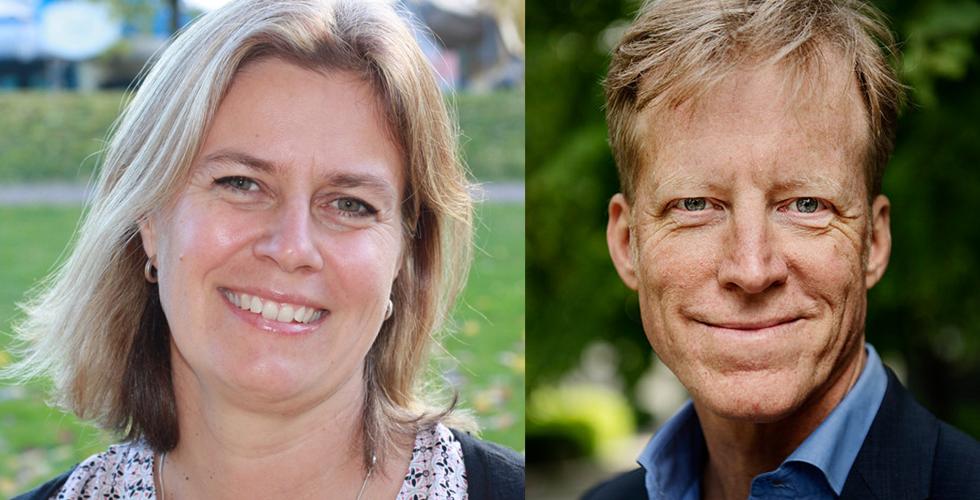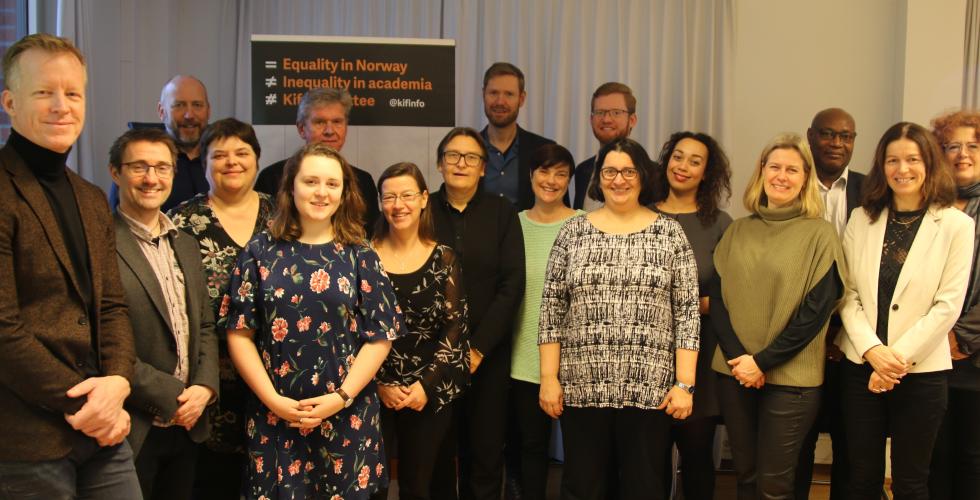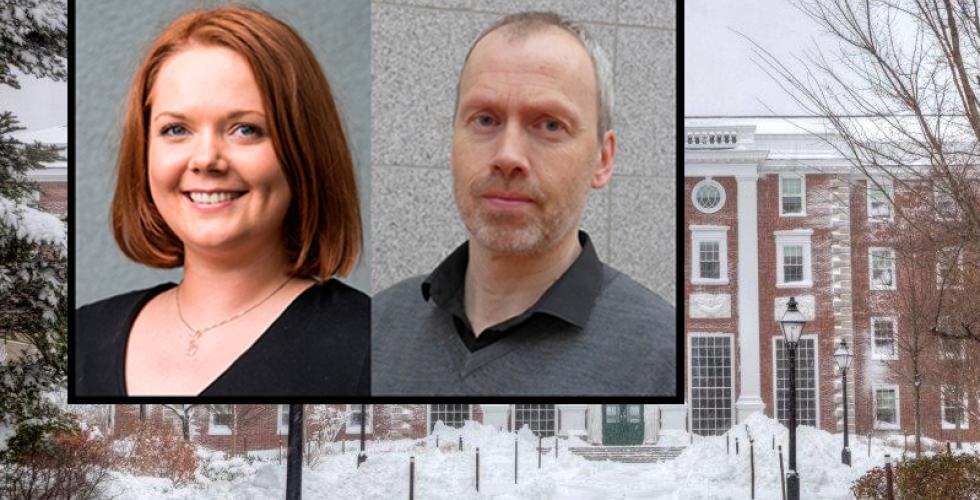Silence about sexual harassment remains a problem in academia
Two years after the #MeToo movement started, sexual harassment issues are still not included in the national Working Environment and Climate Surveys. The Ministry of Education and Research declines to take a stand.

For some time, gender equality practitioners and the Committee for Gender Balance and Diversity in Research (KIF Committee) have been calling on the higher education sector’s national Working Environment and Climate Surveys (ARK) to add questions about sexual harassment to its surveys.
In spite of the requests, ARK remains opposed to the inclusion of survey questions on sexual harassment.
Still reluctant to ask directly
“We are constantly asked why we are reluctant to include direct questions asking if employees are experiencing sexual harassment, harassment and/or bullying,” Kirsti Godal Undebakke, ARK’s Project Coordinator, writes in an email to Kifinfo.
“So the issue is always under discussion here, but so far that has not led us to incorporate questions of that kind into the survey.”
Undebakke says there are a number of arguments against including sexual harassment questions in the working environment survey. In general, she notes, ARK is designed to be a tool for developing the working environment, not for compiling data.
“ARK’s goal is the improvement of local working environments. The responses obtained are intended to provide a basis for a wider process of dialogue about the working environment in workshops at each institution. What’s working and what needs improvement should be the focus – not data collection for statistics to compare one working environment against another,” Undebakke says.
According to Undebakke, the questions ARK poses can help to indicate whether a given working environment needs to address issues relating to bullying and harassment. But because of the way ARK puts the questions, any problems that come to light can be discussed in a preventive atmosphere, without casting suspicion on particular individuals.
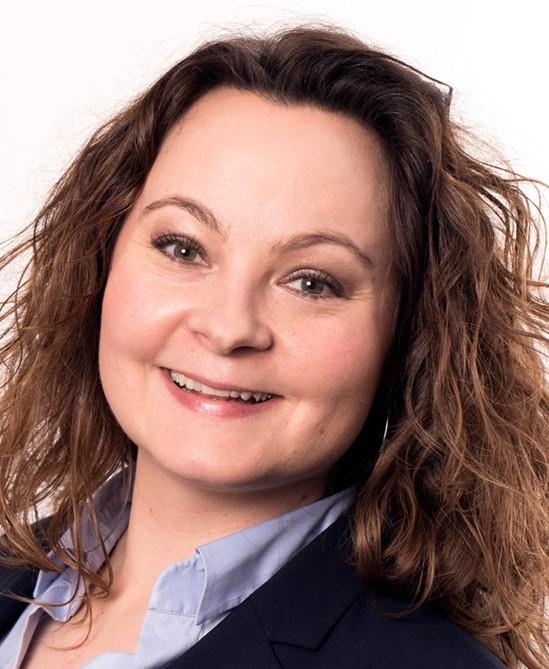
“Institutions themselves have to decide”
We asked whether Norway’s Minister of Research and Higher Education, thinks ARK should include questions about sexual harassment in its coming surveys. State Secretary Rebekka Borsch (editor’s note: now former State Secretary) replied:
“The Ministry of Education and Research attaches great importance to the efforts of universities and university colleges to fight sexual harassment. We expect universities and university colleges to work actively to prevent harassment from occurring, to maintain clear channels for reporting incidents and to react appropriately to reports of harassment. The institutions themselves have to decide whether using ARK in this context would be expedient.”
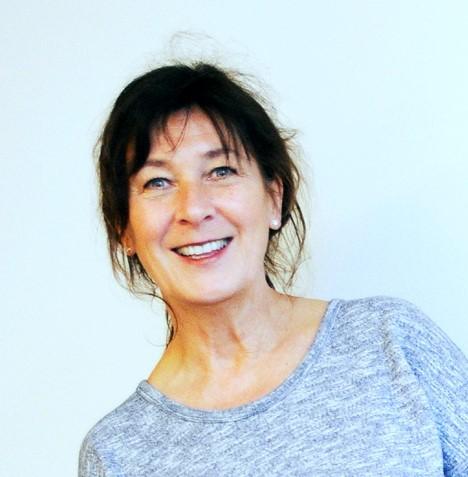
Right of access complicates matters
Undebakke cites the anonymity of survey takers as another argument against asking about sexual harassment in ARK surveys. And since the surveys are only conducted every second or third year, she says, they are not suitable for dealing with serious complaints.
Anonymity concerns are increased by the possibility that reports may be accessed at some later date, Undebakke says. Anita Sandberg, the head of ARK’s Steering Group, agrees:
“This transparency issue is important with regard to the anonymity problem,” says Sandberg, who is the Director of Health, Safety, Environment and Emergency Preparedness at the University of Oslo.
“Access may be demanded for all the reports produced and presented, and some of the reports are on working groups down to 5 or 10 people. The media can gain access to these reports, with detailed information about the unit, the department and the number of people reporting,” she explains.
In Sandberg’s view, that makes asking about sexual harassment problematic. Posing questions about sexual harassment in the ARK working environment survey could also complicate the dialogue working groups are expected to carry out in their local process, she says.
“When you’re surveying working groups as small as five people, the process becomes challenging. If you’re sitting in a working group of ten people and one of them has checked off sexual harassment, then an abuser is potentially also sitting there. In that situation it can be difficult to carry on a workshop process with secure, open dialogue about what’s working and what needs improvement.”
“What counts is that we map this”
The first national survey of bullying and harassment in the university and university college sector was launched in August. Out of nearly 18,000 respondents, 299 reported having been sexually harassed during the past year.
Even more reported having experienced bullying or harassment during the past 12 months.

“When 13 per cent of the people responding feel bullied or harassed, it shows how incredibly important it is to ask,” says Frank Reichert, a professor who formerly headed the working group on bullying and harassment at Universities Norway (UHRMOT).
He acknowledges that discussing sexual harassment locally – in ARK workshops, for example – can be difficult and that doing so in some cases may arouse fear and suspicion. The university and university college sector’s own survey this year guaranteed anonymity.
“Journalists can request access to ARK surveys, which can lead to speculation and feelings of insecurity. It is important that respondents feel safe when answering surveys. If people fear the result, there is a risk that they will not answer honestly,” Reichert says.
“We know from the results of the national survey that PhD candidates are more vulnerable to unwanted sexual events than other employees,” says the former rector of the University of Agder.
Reichert fears PhD candidates will not dare to blow the whistle and set notification procedures in motion because of the feeling that their whole career is at stake. He therefore hopes for regular, anonymous surveys in future.
“What counts is that we map this. Whether inside or outside of ARK is less important.”
“We must continue to document bullying and sexual harassment. Now we have a tool for it, and we hope to use it again in two years. This is something the sector must assess. It provides a status report, and over time we’ll be able to see if measures are working,” Reichert says.
More research and follow-up needed
Heidi Holt Zachariassen of the KIF Committee Secretariat understands the anonymity-related challenges associated with ARK surveys, but she believes it is important to balance opposing considerations.
“The alternative is obtaining no specific figures and not having a system to work with,” Zachariassen says.
“If we don’t ask about sexual harassment in the workplace, how are we supposed to generate a good knowledge base about the issue in the university and university college sector?”
“The knowledge gap is huge,” Zachariassen says.
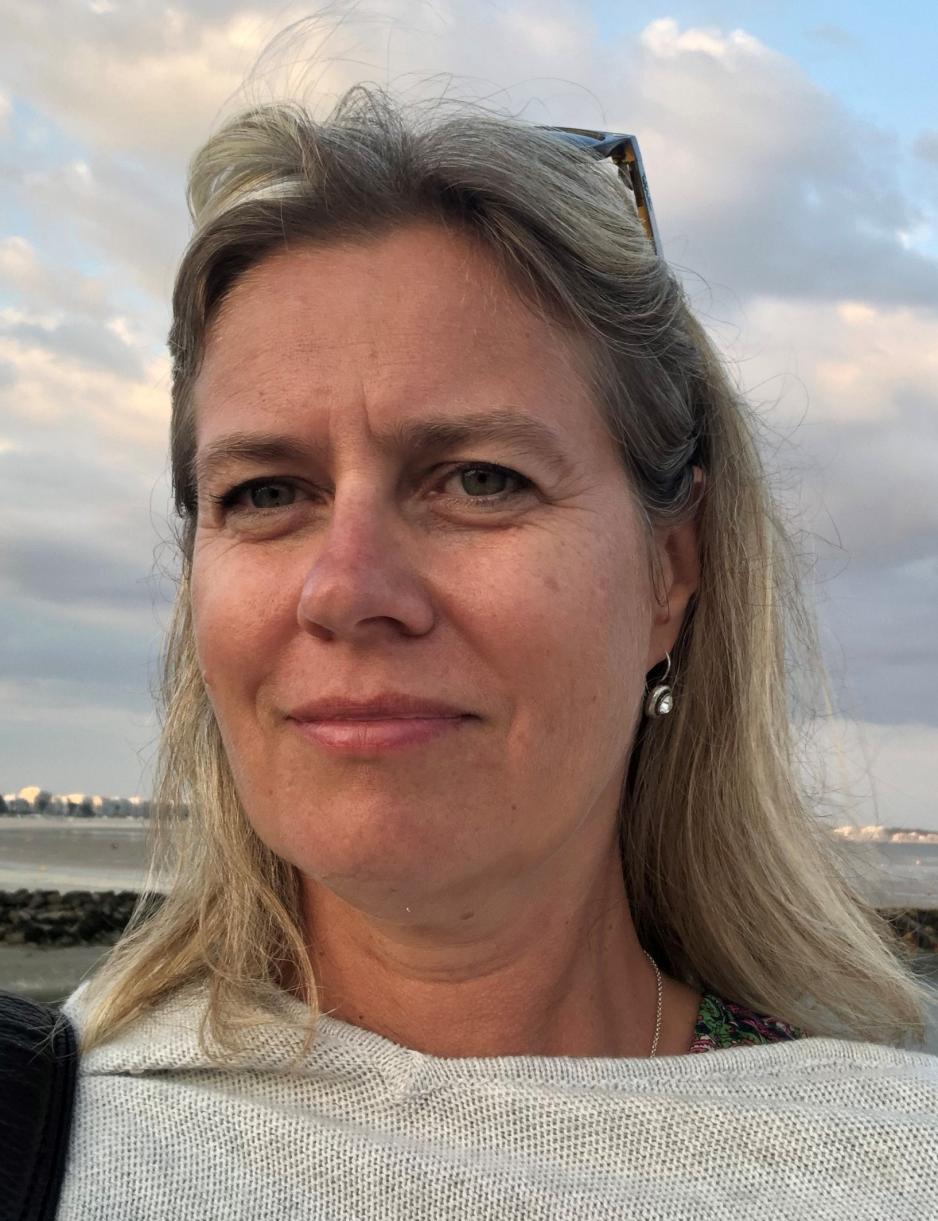
“The KIF Committee does not think the anonymity argument is strong enough. We think the pros and cons need to be weighed and compared. Otherwise the data you base your work on won’t be good enough.”
Like Reichert, Zachariassen emphasizes the importance of regularly scheduled surveys.
“It is important to see if the measures we implement are working. As of now we are unable to follow developments over time.”
OsloMet is asking the question
Curt Rice, the chair of the KIF Committee and rector of Oslo Metropolitan University (OsloMet), believes that the benefits of incorporating harassment-related questions into the working environment survey far outweigh the disadvantages.
“The sector and the institutions need a knowledge base to work from, and so far, this has been more or less absent. OsloMet therefore chose both to add sexual harassment questions to its employee survey in 2018 and to participate in the national survey on bullying and harassment in 2019. If we are to work purposefully and effectively in this field, we need to know something about the scope and type of harassment that is occurring. These surveys have provided a solid foundation of data on which to base our work going forward,” he writes in an email to Kifinfo.

Rice also emphasizes the importance of following up what has been learned.
“The results of the national survey revealed that 9 of 10 respondents who reported being subjected to bullying and harassment stated that it was not related to the classic reasons for discrimination. So what is it related to? The survey did not reveal this, but we have a duty and a responsibility to follow it up.”
“Why are the numbers in academia so high, and what’s behind them? OsloMet thinks ARK, too, should be asking about bullying and harassment. That way, as many people as possible could give their replies and their concerns could be properly addressed.”
#MeToo a flash in the pan?
Zachariassen believes the time has come to close the knowledge gap.
“We want the Ministry of Education and Research to set aside dedicated funds for more research on sexual harassment. When the survey figures came in this past August, it was quite clear that a large proportion of people felt harassed, though not for the reasons typically cited for harassment and discrimination. More than that we do not know. We need quite a lot more research in addition to surveys.”
Two years after the #MeToo campaign, the results are in from one national survey on harassment in academia. Zachariassen finds the numbers discouraging, and the question of whether there will be periodic surveys to monitor developments over time remains up in the air.
“We have to wonder if #MeToo was just a flash in the pan or will lead to lasting change, including for academia,” says Zachariassen.
“ARK serves as a very good tool for preventing sexual harassment”
Anita Sandberg believes the ARK Intervention Programme helps to prevent bullying, harassment and sexual harassment. Some of its survey questions focus on whether the workplace atmosphere is respectful. The prevalence of suspicion, distrust and personal conflict is also explored. Employees are asked if they are familiar with how negative incidents are handled and about their knowledge of routines and guidelines related to such incidents. The questions are posed in such a way that employees can later discuss their particular workplace culture with an eye to improving the working environment.
“In our view, ARK serves as a very good tool for preventing bullying, harassment and sexual harassment, but not for dealing with such incidents.”
Sandberg points out that the most effective measures to reduce bullying, harassment and sexual harassment are in some degree preventive, with management training and ARK’s working environment surveys playing a key role, and in some degree involve a consistent, orderly way of addressing problems within an overall culture that facilitates speaking out. She says it is important to avoid overlapping approaches:
“Our decision not to include sexual harassment questions is not because the issue lacks importance. On the contrary – it is too important for us to not use the right tool,” Sandberg explains.
The right tool, Sandberg says, is a more narrowly focused study such as the national survey of bullying and harassment carried out earlier this year.
Translated by Walter Gibbs and Carol Eckmann.
Working Environment and Climate Surveys (ARK):
- are the university and university college sector’s joint surveys on working environment.
- are developed by and for the university and university college sector as a tool for addressing psychosocial factors in the working environment. ARK surveys are a process tool designed to assist in developing the local working environment. The survey forms are used in a wider process of dialogue in workshops intended to develop and monitor the working environment over time.
- are conducted every two or three years in each unit, but not simultaneously across the university and university college sector, and not simultaneously across entire institutions.
In 2019, ARK surveys were conducted at entire institutions in four instances as well as in parts of two institutions. About 10,000 employees were sent a survey form.
In 2020, ARK surveys are expected to be conducted across seven entire institutions and in parts of one institution. The plan is to send a survey form to about 20,000 employees.
Source: ARK


